Content
Cucumber Finger was bred in the Volgograd region at the experimental station VNIIR named after. N.I. Vavilova by Russian breeder Vladimir Anatolyevich Shefatov. This cucumber variety is characterized by early ripening, high immunity to various diseases, versatility in use and increased frost resistance. A description of Finger cucumbers, reviews and photos, growing rules, and nuances of agricultural technology are given in the material below.
Characteristics and description of the cucumber variety Palchik
Cucumbers of the Palchik variety have been listed in the State Register of the Russian Federation since 2001. They are recommended for cultivation in open ground in the Central, Lower Volga and Central Black Earth regions.
Cucumber Finger belongs to the indeterminate varieties; the bush is characterized by medium branching with a large number of vines; the height of an adult plant sometimes reaches 2-2.5 m.Flowering is predominantly female, the flowers require pollination by bees or other insects, the ovaries are formed in bunches. The leaf blades are large, rich dark green in color, the lashes are strong and thick.
According to the author's description and reviews from gardeners, Finger cucumbers have a long fruiting period (about 2 months). The variety is early ripening - the first fruits can be harvested 40-45 days after planting the seedlings in a permanent place.
Cucumber greens of the Palchik variety have an elongated cylindrical shape. The skin is dark green with longitudinal stripes and mild spotting; there are rare but large tubercles and white pubescence on the entire surface of the cucumber. The average length of greens is 9.2-12.7 cm, with a diameter of 2.7-3.4 cm, weight - 114-120 g. The pulp of ripe finger cucumbers has a dense structure, it is juicy and aromatic. When biting or breaking, a pronounced crunch is heard.
Taste qualities of cucumbers
Finger cucumbers are distinguished by their excellent taste and excellent presentation. Greens are consumed fresh, in salads and similar cold appetizers, and are suitable for any type of home canning. During heat treatment they do not lose their characteristic crunch.
Pros and cons of the variety
The following can be considered the undeniable advantages of Finger cucumbers:
- long fruiting period (up to 60 days);
- predominance of female flowers;
- formation of ovaries in the form of a bunch;
- wide range of zoning;
- high taste and commercial qualities;
- resistance to spring and autumn frosts;
- high immunity to many fungal diseases;
- tolerance to downy mildew;
- high productivity;
- excellent transportability;
- versatility of use.
The disadvantages of the Palchik variety include the obligatory timely pinching, pollination by bees, and the need to remove green plants in a timely manner, preventing them from overgrowing.
Optimal growing conditions
To grow Finger cucumbers in open ground, you need to choose a place protected from direct sunlight during periods of increased solar activity. According to recent studies, more intensive growth of greens occurs in the dark.
The bed where bee-pollinated cucumbers of the Palchik variety will grow should be located in a windless place, so that gusts do not blow away the pollen that is attractive to insects. Cucumber bushes growing in a draft will be visited by bees much less often.
To prevent various diseases and obtain a rich harvest every year, it is necessary to follow the rules of crop rotation and not plant the same crop for several years in one place. Gradually, “soil fatigue” occurs, there are fewer nutrients in the soil, and pathogens that overwintered along with the remains of the previous season’s plants may be present.
To successfully grow cucumbers of the Palchik variety, the soil should be loose, airy, and moderately moist. It is not recommended to place cucumber beds in places where groundwater accumulates; such planting is fraught with rotting of the root system and loss of the entire crop. In an environment that is too humid, many fungal diseases are likely to develop. Light sandy loams and loams are considered the most suitable for cultivating Palchik cucumbers.
Growing cucumbers Finger
The agricultural technology of the Palchik variety is generally standard for cucumbers, but still, there are several nuances that should not be forgotten. This variety is grown on vertical trellises, providing direct access to pollinating insects.
Direct planting in open ground
When planting seeds directly into the ground, you need to focus on the average daily air temperature outside the window. It must be at least 15°C. In the middle zone, cucumbers of the Palchik variety are sown in beds without prior germination in mid-May. Seeds soaked in a damp cloth for several days will sprout several days earlier than dry ones.
Before sowing, the bed is cleared of weeds, thoroughly loosened and fertilized with fresh manure. You can prepare the soil in the fall by digging up the ground and applying fertilizers per 1 m²:
- manure – 25 l;
- wood ash – 200 g;
- potassium – 25 g;
- superphosphate – 40 g.
The seeds are planted in the soil to a depth of 2 cm, positioned at an angle of 45° with the nose up. This arrangement will allow the sprout to quickly free itself from the seed coat and go up without bending in the soil, while the root system will form parallel to the ground and go deep down. The health and strength of the bush in the future, and, therefore, the harvest, will depend on how much energy the plant spends on germination. Before the first shoots appear, the cucumber bed is covered with film or newspapers. According to reviews from vegetable growers, the seeds of Palchik cucumbers germinate a week after sowing.
Growing by seedlings
The seedling growing method is good for greenhouses because it is suitable throughout the year. The seeds are placed in shallow furrows made in the nutrient soil and lightly covered on top.You can use a ready-made commercial substrate, but you can prepare it yourself by mixing the following ingredients:
- turf soil - 4 parts;
- lowland peat – 4 parts;
- manure – 1 part;
- sawdust – 1 part.
Fertilizers are applied per 10 liters of soil:
- urea – 6 g;
- superphosphate – 14 g;
- potassium sulfate – 8 g;
- magnesium sulfate – 2 g.
Containers with crops are covered with polyethylene and placed in a room with a temperature of about 25°C. After the cotyledon leaves open, the temperature is gradually reduced by 5°C. For active growth of cucumber seedlings, it is necessary to provide the plants with good lighting, a temperature of 20-23°C, regular watering and fertilizing.
When transferring seedlings to a permanent place, the plants should have a height of about 25 cm, by which time 5 true leaves should have formed on the stem. It is optimal to adhere to the scheme - 50*30 cm.
Watering and fertilizing
Cucumbers of the Finger variety are watered regularly, but carefully. Excessive moisture can cause root rot and the development of fungal infections. The bushes are watered at the root early in the morning or in the evening, using settled warm water. Watering with cold water can cause mass discharge of ovaries; in this case, the harvest will be meager.
In the first 2 weeks after germination or planting seedlings in open ground, Palchik cucumbers need to be fertilized with nitrogen fertilizer. This will allow the bush to grow the necessary green mass. During the flowering period, cucumbers are fertilized with phosphorus, and during the active growing season - with nitrogen-potassium fertilizers.
Formation
Cucumbers of the Finger variety are quite tall, so when grown in greenhouses or hotbeds, the main vine must be pinched over the trellis.Vertical growth on a trellis facilitates harvesting and spraying procedures, if necessary.
Protection from diseases and pests
The first rule for preventing fungal diseases in cucumbers of the Finger variety is to avoid waterlogging of the soil. To protect against pests (ticks, caterpillars, aphids, beetles), you can use both chemicals and folk remedies. In the case of the bee-pollinated variety Palchik, it is better to treat the bushes with a decoction of potato or tomato tops or a soap solution. To repel slugs, wood ash is scattered under the cucumber.
Productivity
From 1 m² you can remove 6.8-7 kg of fresh and tasty finger cucumbers. In this case, the percentage of marketable greens will be at the level of 76-95%.
Conclusion
Having carefully studied the description of Finger cucumbers, reviews and photos, an increasing number of vegetable growers decide to plant them on their site. Thanks to its excellent taste, attractive appearance, high immunity to various diseases, and increased frost resistance, the Palchik cucumber has conquered Russian gardeners and is becoming increasingly in demand.

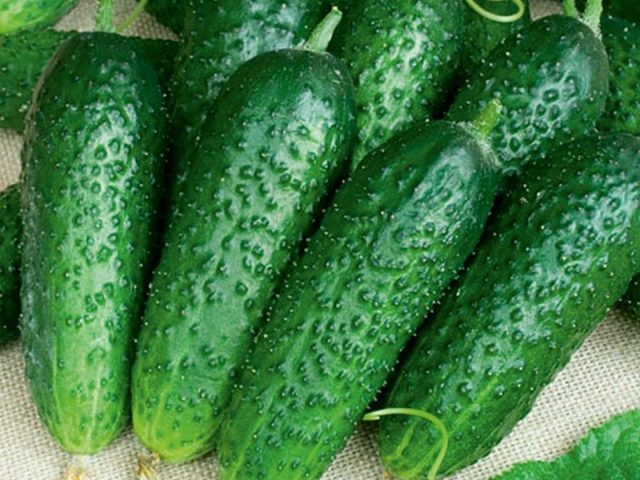
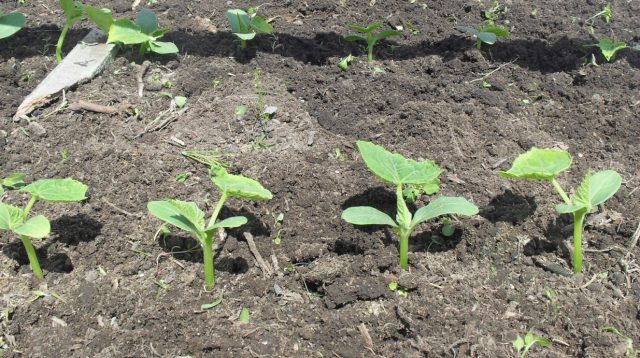

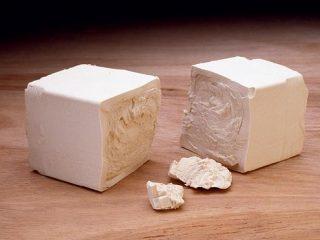


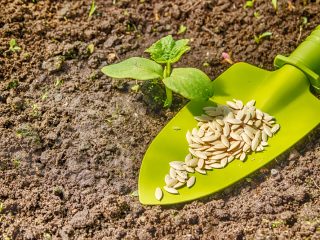

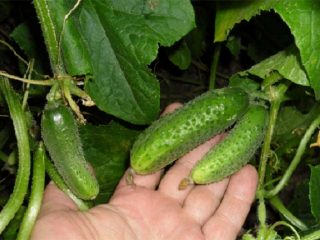
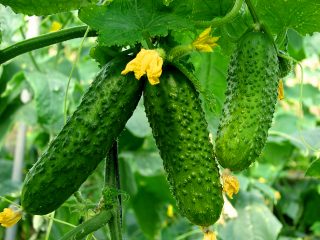
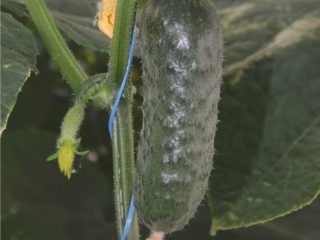
Strange cucumbers: they sprout well and grow quickly. But: large leaves evaporate water and “wither” in the heat, there are very few “cucumber” flowers - more than 90% are empty flowers. They grow strangely: at first they are up to 15 cm long and 1.5-2 cm thin, then they begin to “swell” and the next morning they are already of normal diameter. The result is a rather large cucumber that is undesirable for pickling. Perhaps I have a mismatch of seeds 🙂? After all, this is not uncommon when selling now!